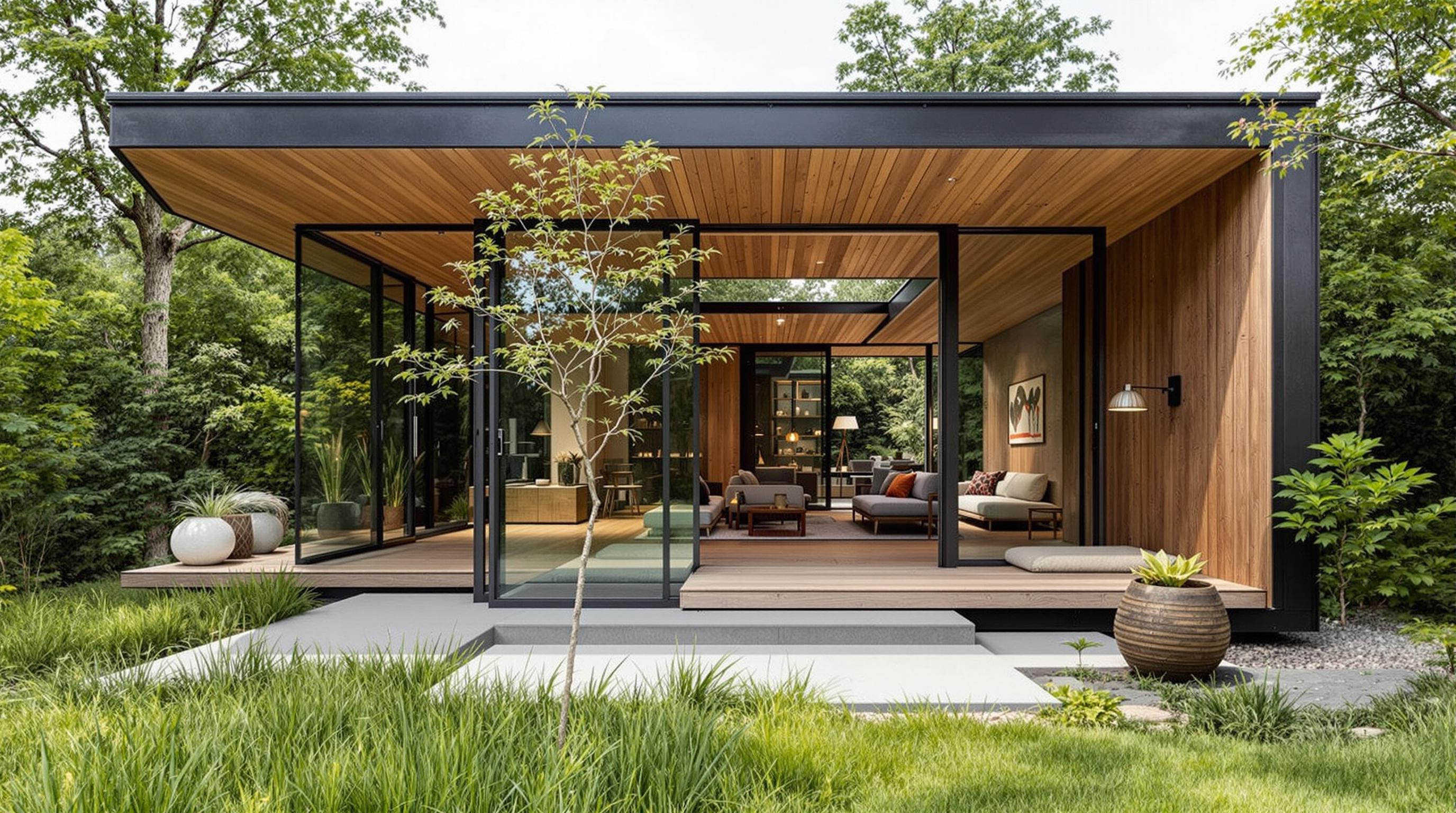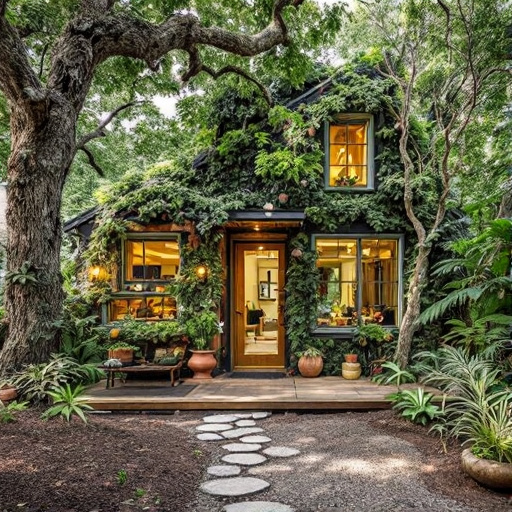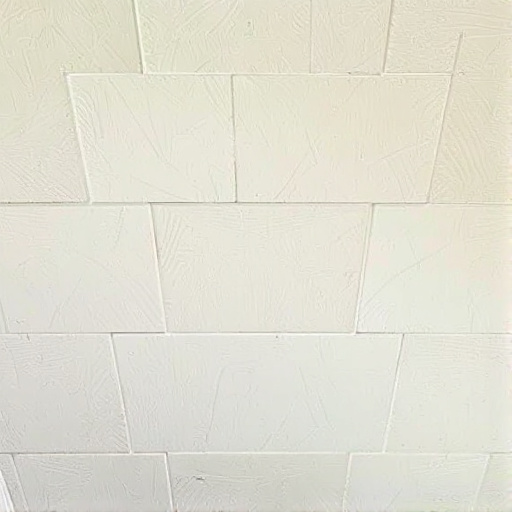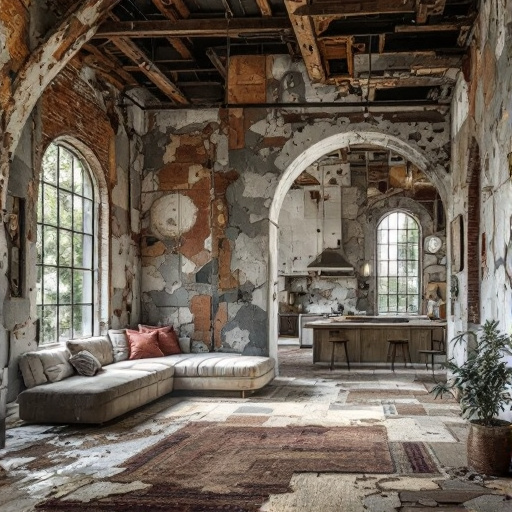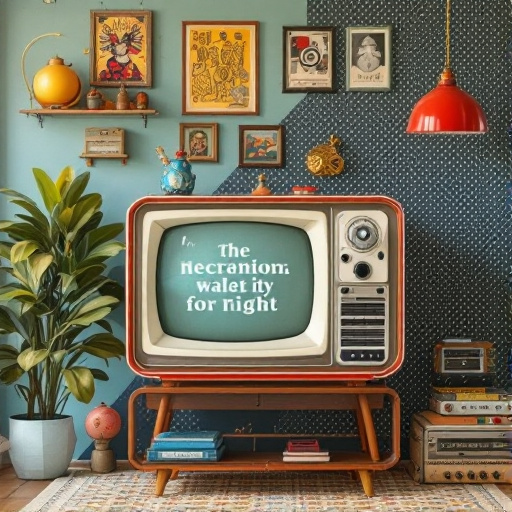Featured Articles
- 9 Radical Eco-Friendly Home Design Ideas That Blend Sustainability With Cutting-Edge Style
- Beyond Wallpaper: Exploring the Revival of Textured Ceilings in Modern Home Design
- From Retro to Futuristic: How Time Travel Can Influence Your Home Design Aesthetics
- Reimagining Ruins: How Abandoned Spaces Fuel Modern Home Design Creativity
- Reimagining Storage: Creative Hiding Spaces That Transform Clutter into Chic Home Design Statements
Reviving Retro: How 1970s Aesthetics Are Making a Stylish Comeback in Modern Home Design
Reviving Retro: How 1970s Aesthetics Are Making a Stylish Comeback in Modern Home Design
The vibrant aesthetics of the 1970s are making a striking comeback in modern home design, reimagining spaces with retro flair. This revival not only encapsulates nostalgia but also introduces bold colors, funky patterns, and sustainable practices that resonate with today’s environmentally conscious consumers.
Setting the Stylish Scene
Picture this: an inviting living room drenched in earthy tones of olive green and rust orange, complete with retro furniture and eclectic decor. It’s the kind of space that feels both nostalgic and fresh, effortlessly transporting you back to a time when design was adventurous and vibrant.
Statistics Speak Volumes
According to a recent survey by the Design Research Association, 73% of homeowners aged 25-40 prefer incorporating vintage pieces in their interior design. This statistic highlights not just a trend but a cultural shift wherein the stories behind design elements are increasingly valued. Furthermore, the re-emergence of retro aesthetics is backed by the commerce data from 2022, showing a 50% increase in sales of vintage furniture and decor items. It's clear: the love for all things retro is not just a passing fad.
The Allure of Vintage Furniture
In the spirit of sustainable living, many homeowners are opting for vintage furniture that boasts both character and history. This is not just about aesthetics; it’s about reducing waste and promoting reuse. For instance, a hit record store in Los Angeles, “Melrose Vintage,” has seen a 300% increase in foot traffic since they started curating a collection of 1970s furniture alongside vinyl records. The appeal lies in the unique charm of older pieces, juxtaposed with modern innovations in design.
Colorful Explosion: A Palette of Possibilities
One cannot discuss 1970s home aesthetics without emphasizing the color palette. The era is renowned for its bold choices: burnt sienna, mustard yellow, and deep teal hues danced across interiors, giving life to walls and furniture alike. This year, paint companies report a return to these vibrant shades, with one company, Sherwin-Williams, even launching a line called “Groovy Greens” that celebrates the decade’s palette. Homeowners looking to make a statement will find themselves drawn to these lively options as we witness a delightful blend of old and new.
Modern Meets Retro: The Perfect Blend
Let’s take a moment to step into the world of interior design with a humorous twist. Imagine hosting a party where every guest is asked to dress in 70s attire—platform shoes, bell-bottoms, and all. Now, picture your home adorned with shag carpets and brightly colored wallpapers as the backdrop. If that doesn’t scream conversation starter, what will? Mixing modern elements with retro design can yield a powerful aesthetic punch that is unapologetically stylish.
Case Studies: Rising Designers Embracing the Trend
Take, for example, Jaime Derringer, a trend-setting designer who has made waves with her modern interpretations of 70s styles. She transforms spaces with sleek, minimalist modern furniture paired harmoniously with bold, artistic wall posters reminiscent of the era. Jaime’s innovative work has won her several design awards, showcasing that the trendy revival is not just child’s play; it’s a burgeoning art form.
The Role of Technology: Smart Design with a Retro Twist
As technology advances, it’s important to highlight how retro aesthetics can integrate with smart home features. Companies are now creating smart lighting solutions that not only utilize energy-efficient LED bulbs but also come in retro designs, infusing character into functionality. For instance, Philips Hue has introduced a line of light fixtures paying homage to the 70s while promoting energy efficiency—a perfect fusion of style and sustainability.
Sustainable Spaces and Ethical Choices
A conversation about the 1970s revival would be incomplete without discussing sustainability. More consumers are turning to eco-friendly, responsible choices. Recycled materials, upcycled items, and sustainable practices in home design are becoming the norm. The notion that ‘vintage is the new black’ has never been more relevant. Implementing earth-friendly options in the home is an essential function, resonating especially with Millennials and Gen Z consumers who keep eco-consciousness at the forefront when making purchasing decisions.
Patterns & Textures: Bringing Audacity into Play
Funky patterns and textures are hallmarks of 1970s interiors, and they offer endless possibilities for creativity. Think about it: geometric wallpapers, floral fabrics, and mismatched cushions have the power to breathe life into any room. Designers today encourage the mixing of these vibrant patterns to unleash their inner 70s luminary. Don’t shy away from experimenting; case studies show that playful layering of textures adds depth and visual intrigue, capturing the true essence of 70s style.
Tools for the Retro Revivalist
So, where do you begin if you want to channel your inner retro designer? Start with online marketplaces like Etsy or thrift stores, which are treasure troves for vintage décor. Incorporating walls adorned with 1970s-inspired art and decorative pieces can reenergize spaces effortlessly. Moreover, don’t underestimate the power of DIY projects, where you can revamp older furniture or create bespoke pieces that scream retro chic.
Events and Gatherings: A Celebration of Culture
In a delightful twist of fate, retro-themed events have regained popularity lately. Think about attending a 70s-themed house party or an outdoor festival honoring the designers of yesteryears. These gatherings are perfect for finding inspiration while connecting with like-minded individuals who share your enthusiasm for the revival of vintage aesthetics. In fact, a recent backyard barbecue in trendy Portland brought together over fifty people, all eager to share design ideas and swap vintage decor. It was a stylistic pilgrimage to a bygone era, proving that community is essential in any design movement.
From Young to Old: A Style for Everyone
Interestingly, the appeal of 1970s aesthetics spans generations. In a home tour featuring different age groups, it was evident that the retro styles resonated well with both grandparents and grandchildren alike. One homeowner shared, “My grandson and I scoured antique shops for weekend projects! He loves the vibrant colors, and I appreciate the memories.” This intergenerational connection fosters a rich tapestry of storytelling through design.
Looking Forward: The Future of Retro Design
As we move forward, the integration of technology, sustainability, and creativity ensures the longevity of the retro revival. The trade-offs between modern conveniences and vibrant aesthetics will be a balancing act that inspires designers and homeowners alike. In time, we may see a future filled with homes that celebrate diversity and history as powerfully as they honor stylish innovation from eras long gone.
Final Thoughts: Embrace the Revival
In conclusion, reviving 1970s aesthetics has proven to be more than just a fleeting trend; it’s a movement that intertwines nostalgia, sustainability, and creativity into modern home design. As you take your first steps into this colorful journey, remember—it’s not just about making your space look good; it’s about infusing a piece of history into your daily life. So go ahead: channel your inner 70s enthusiast, and let your home reflect the vibrancy of a generation!
